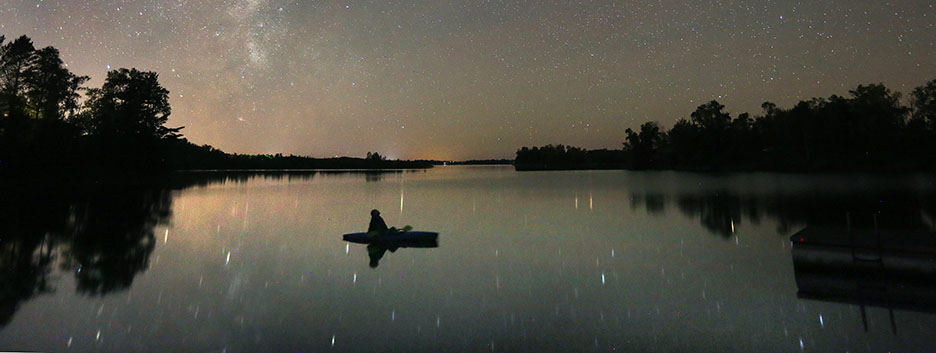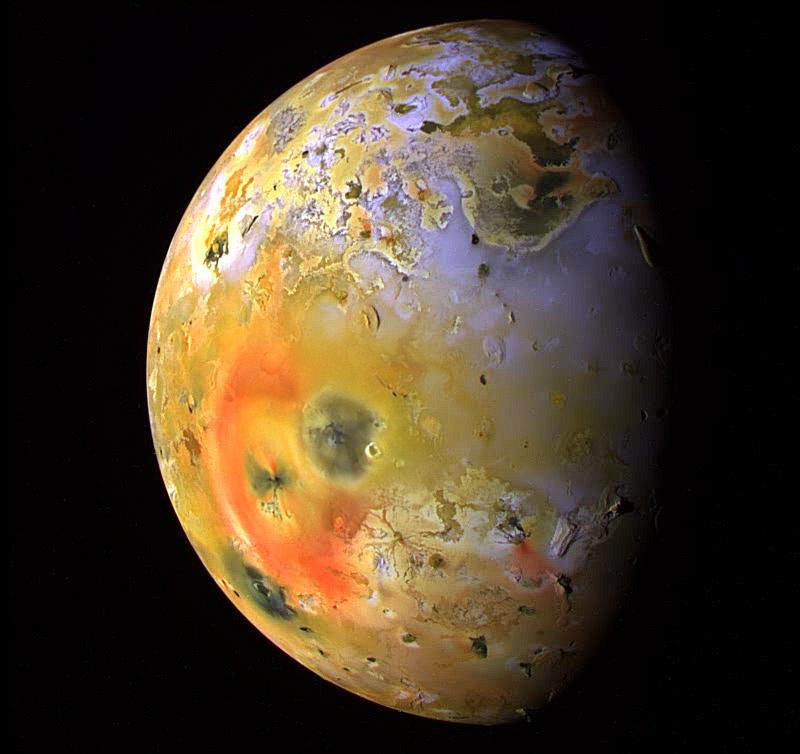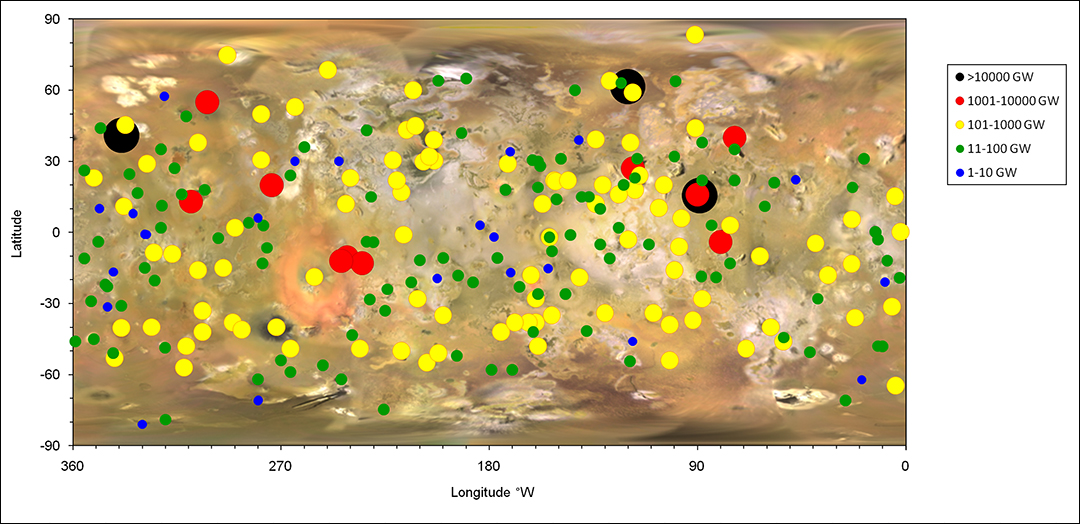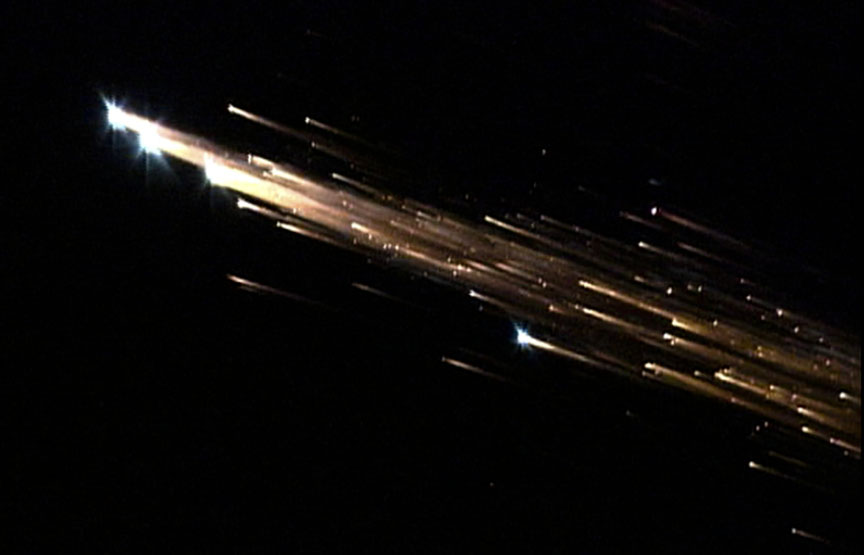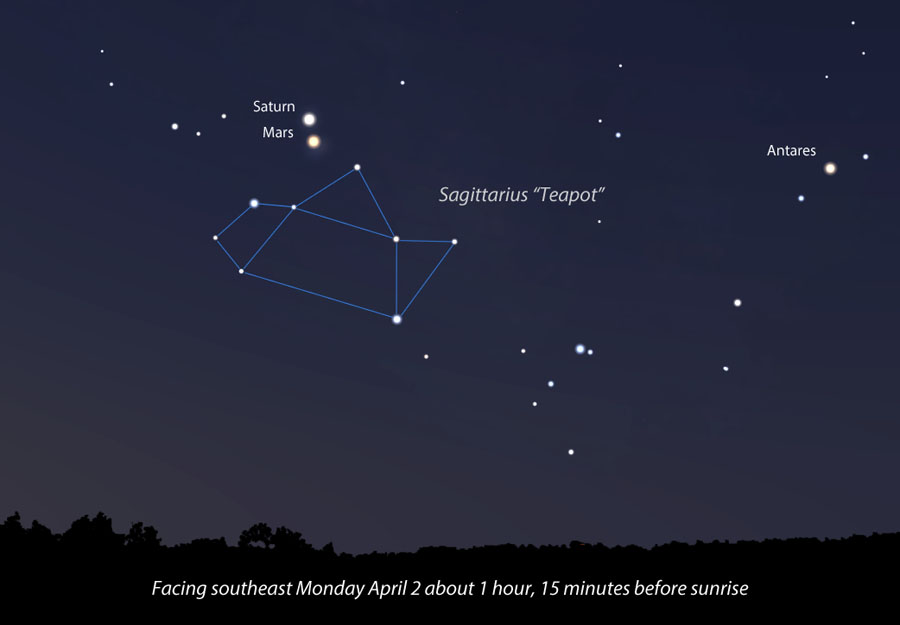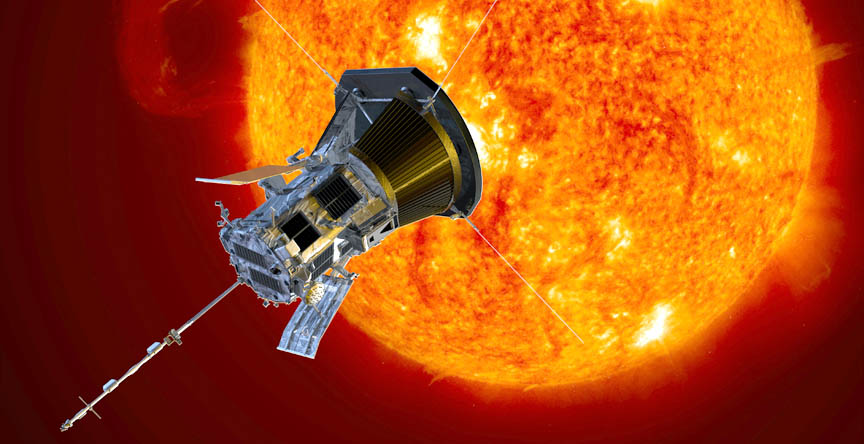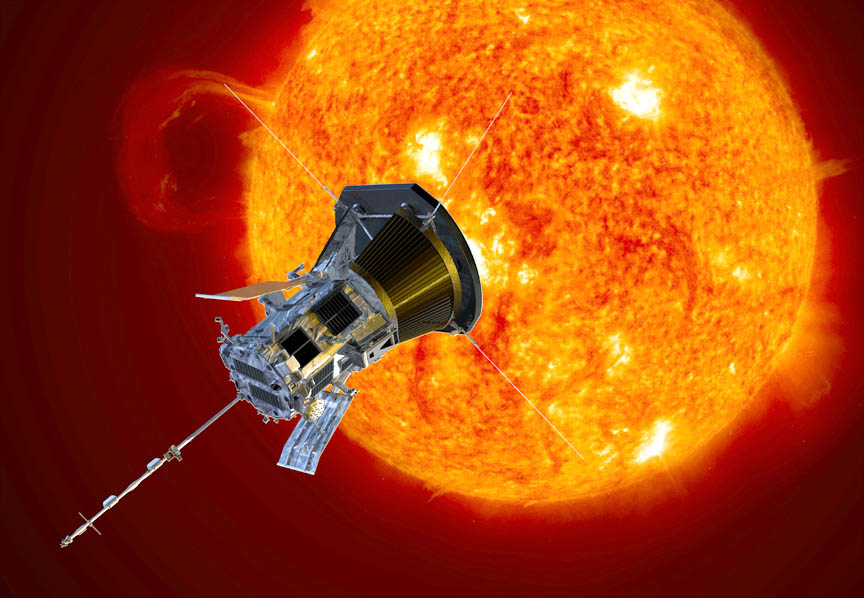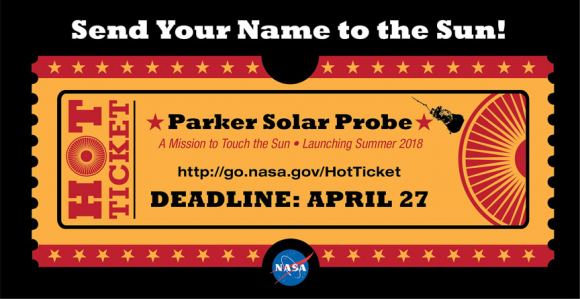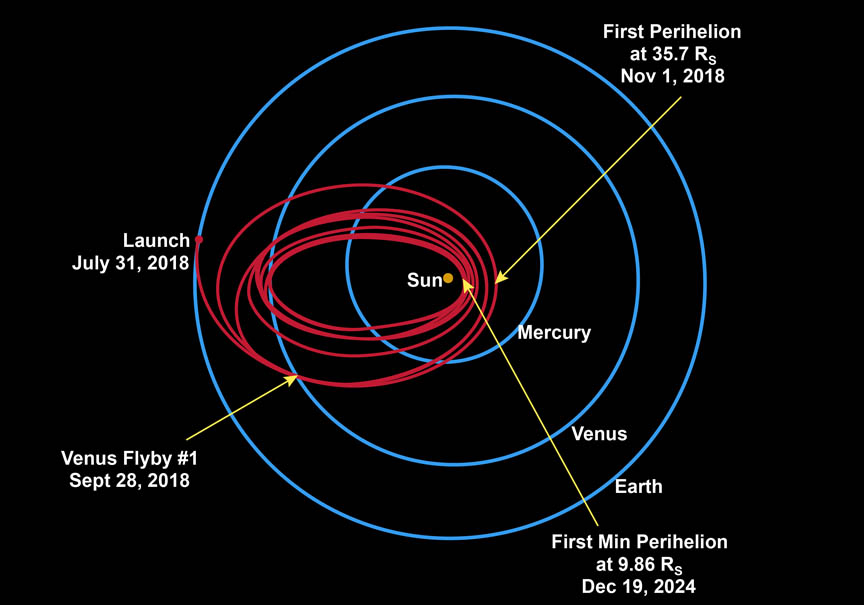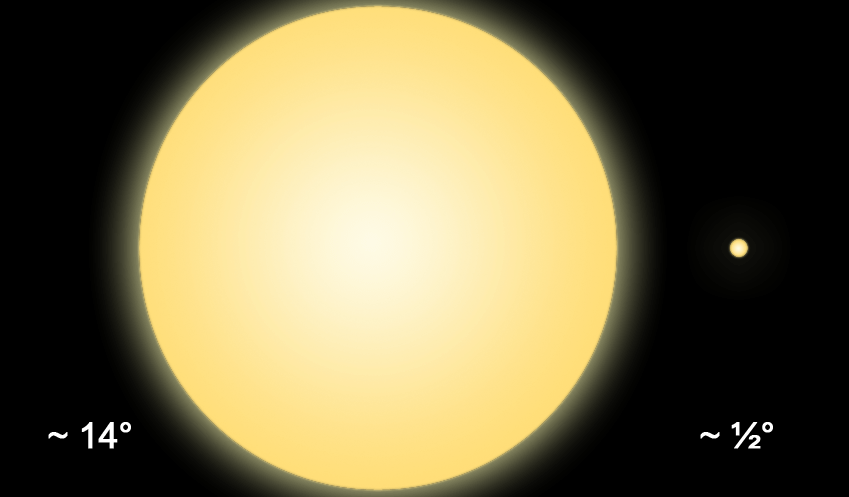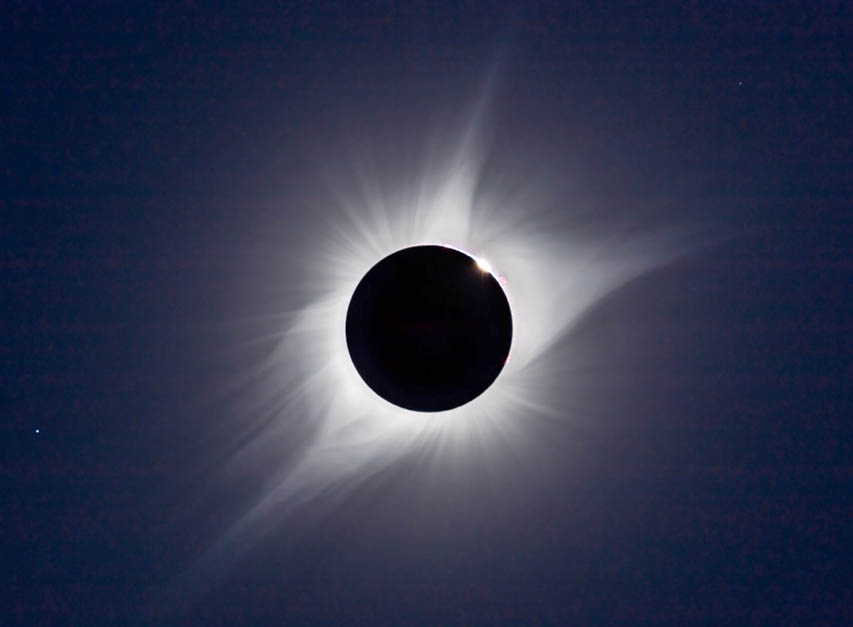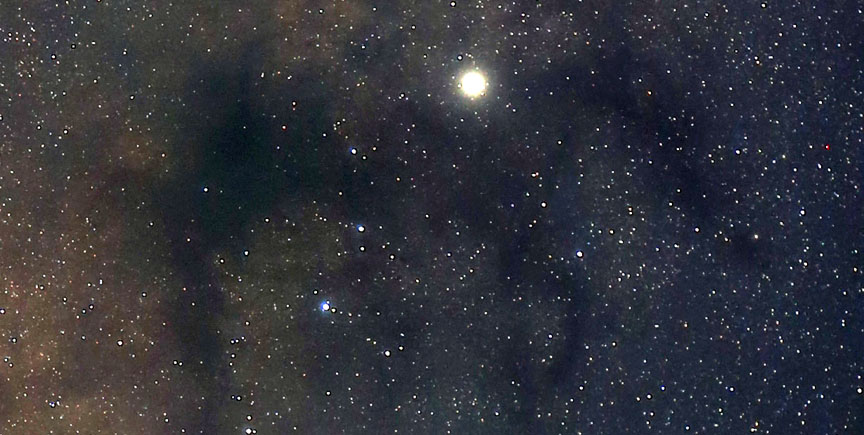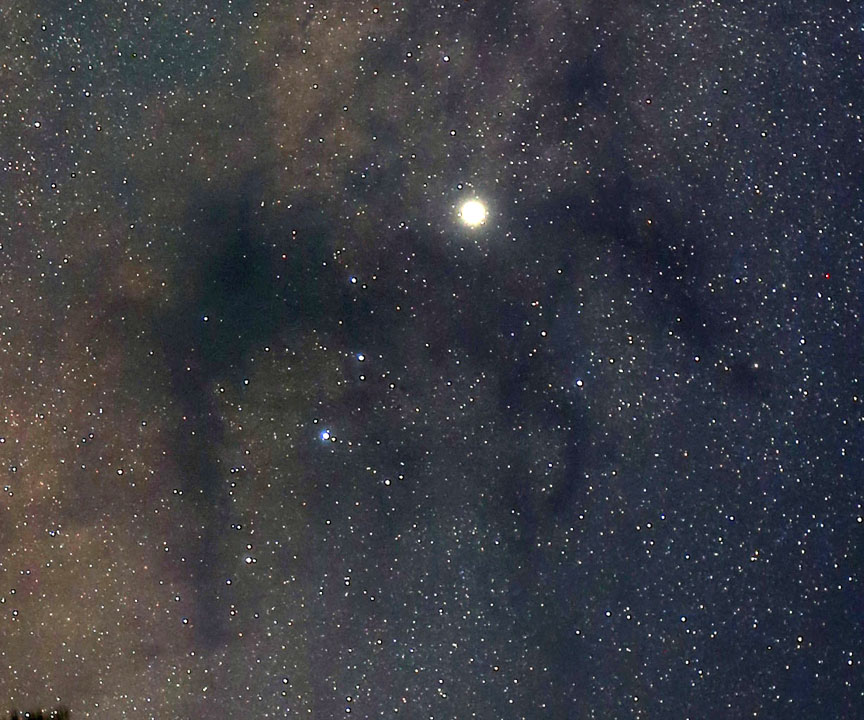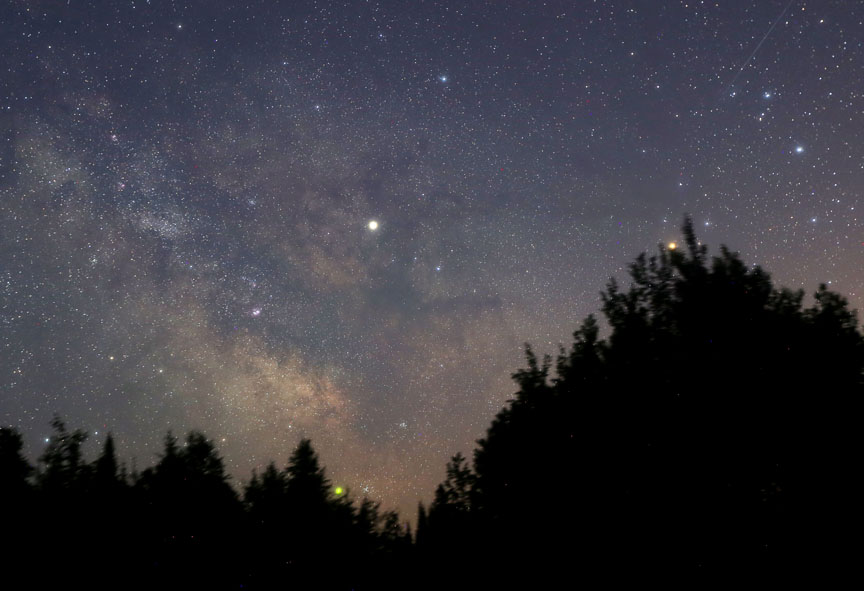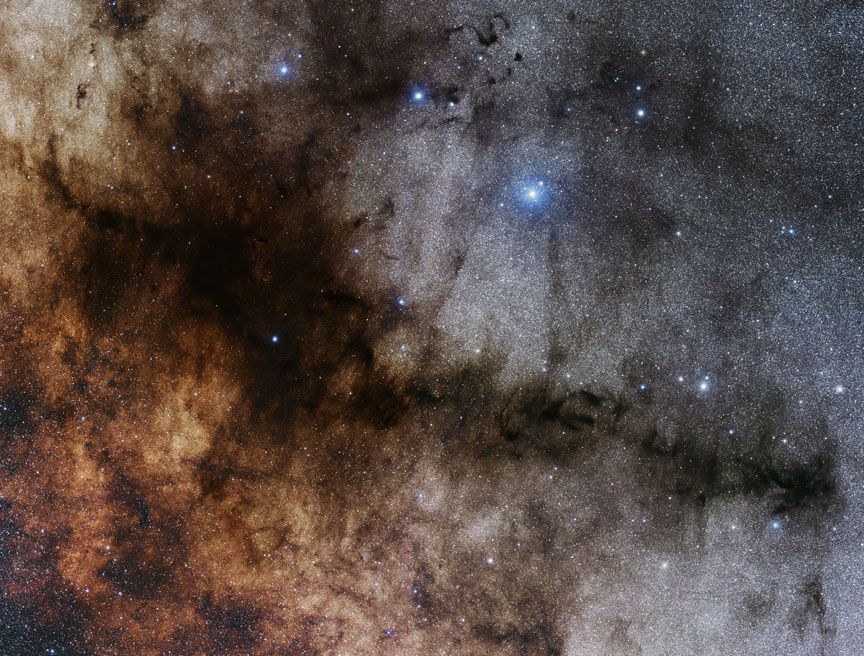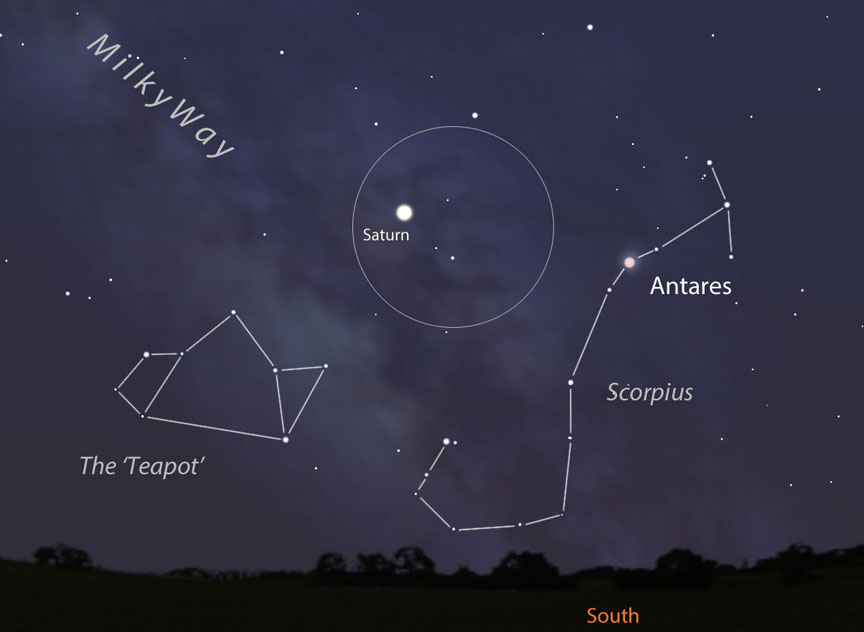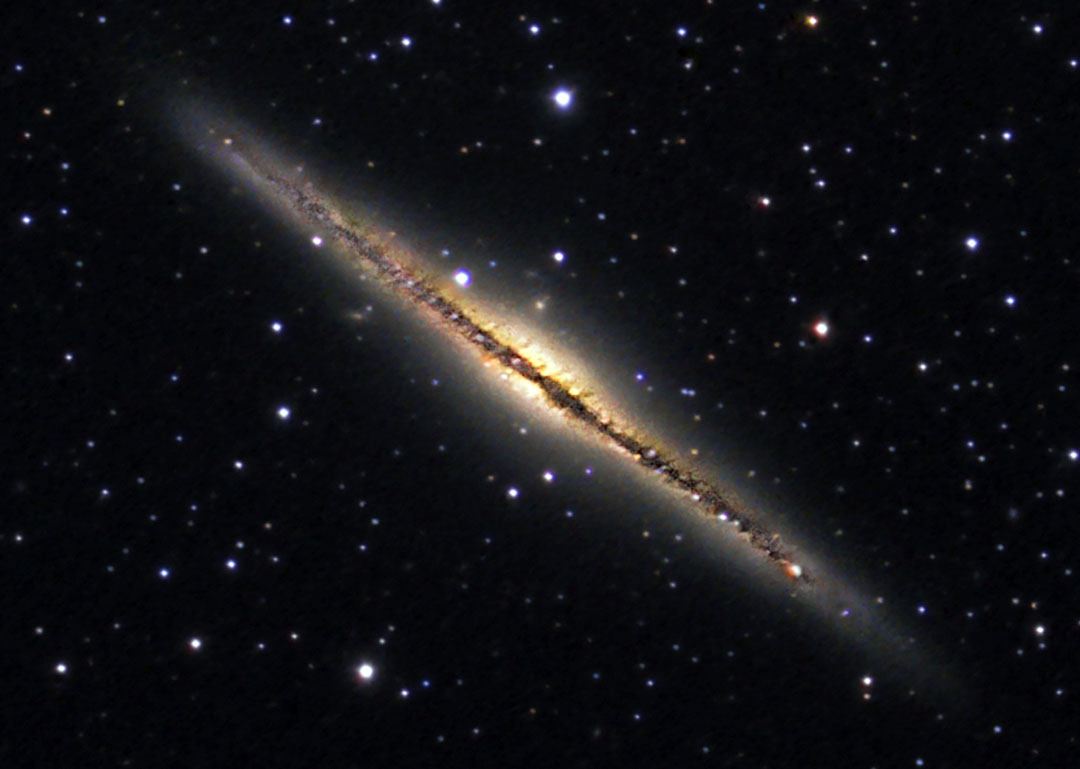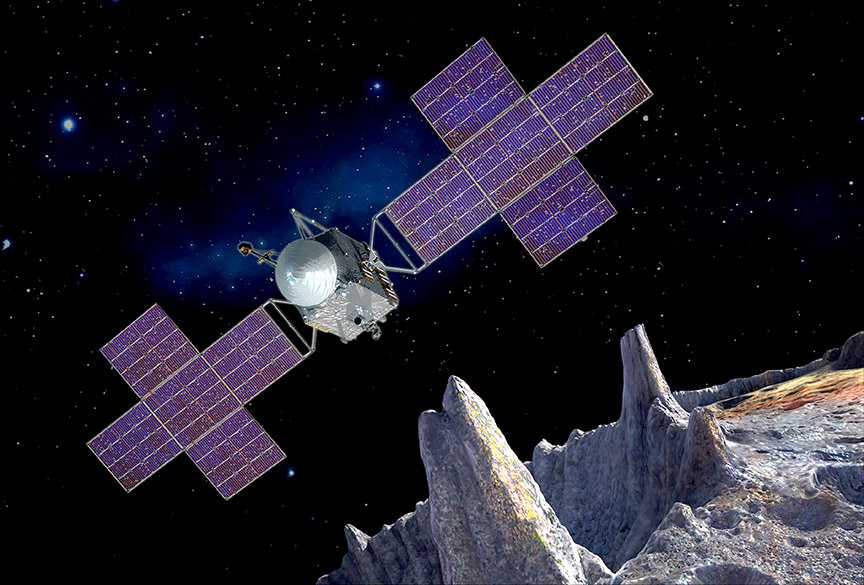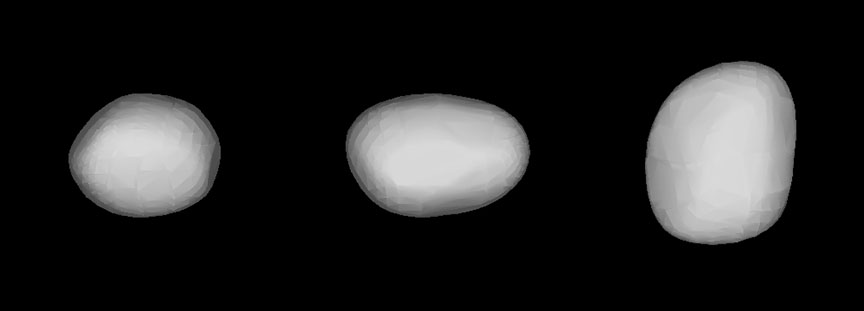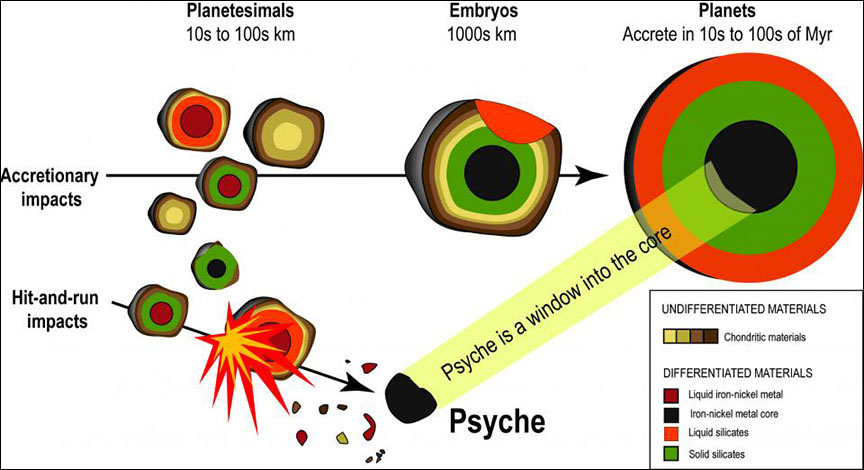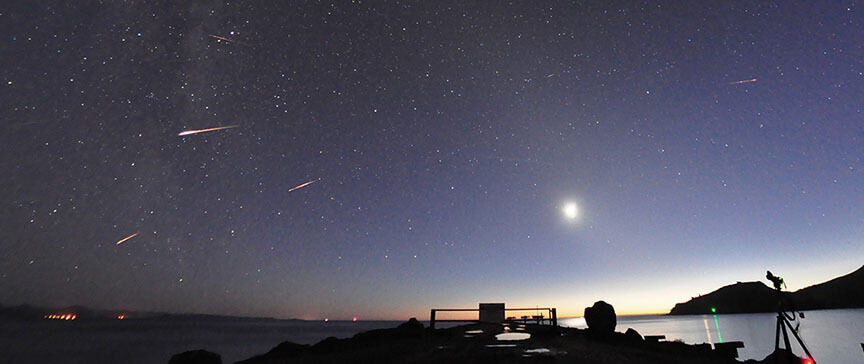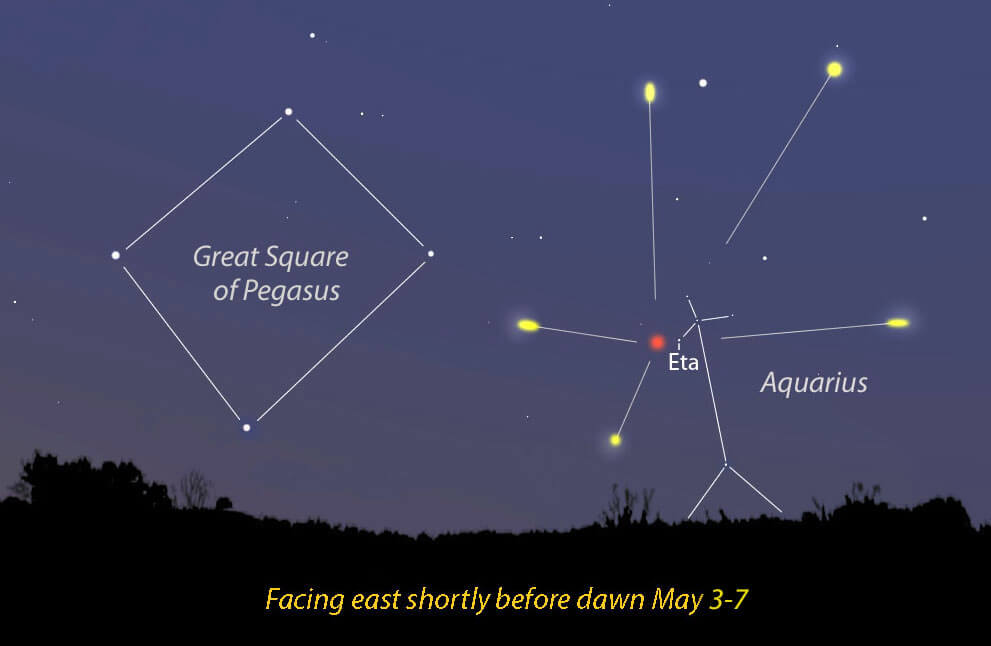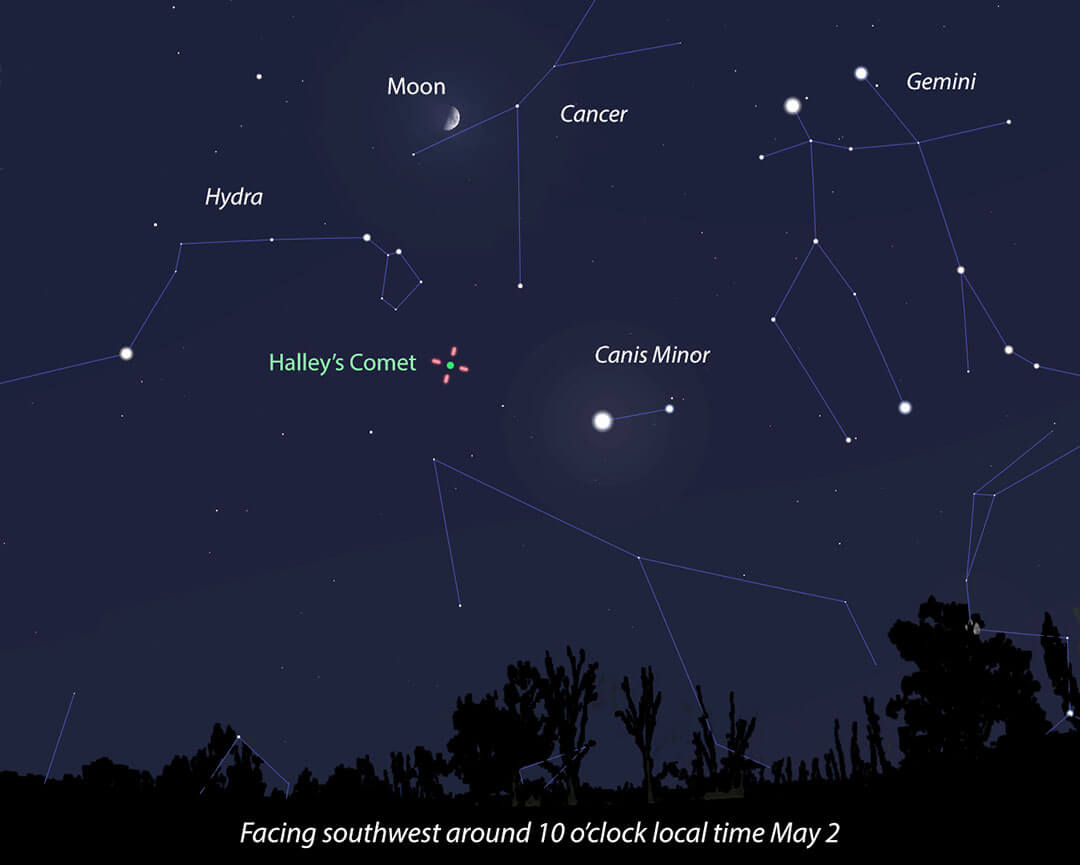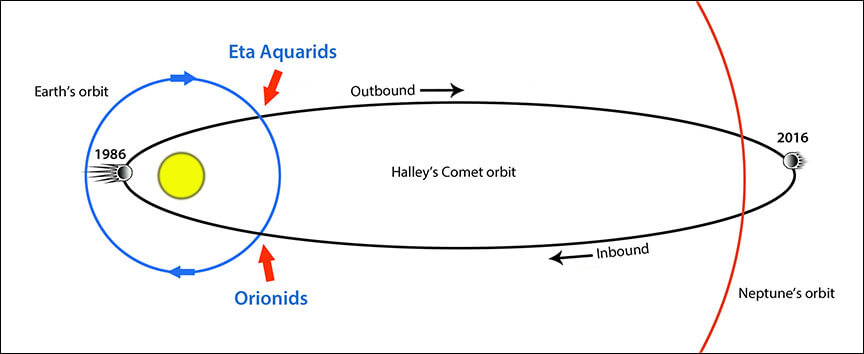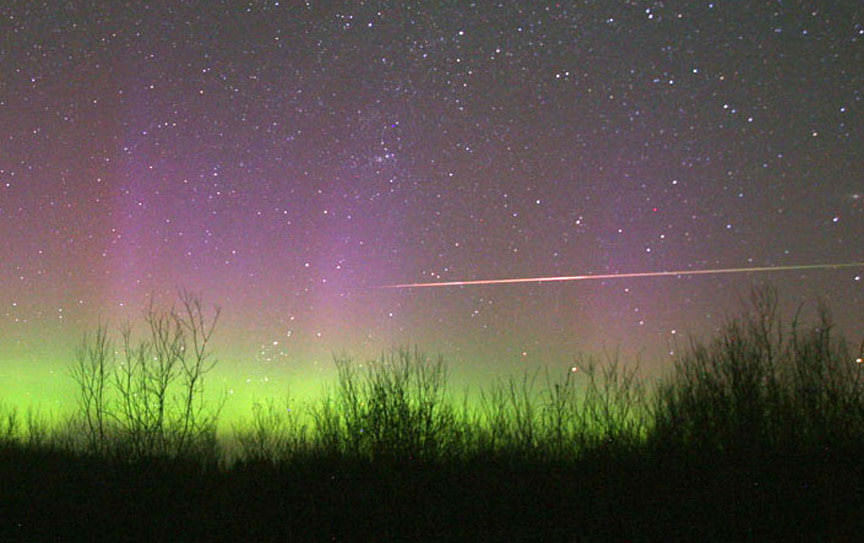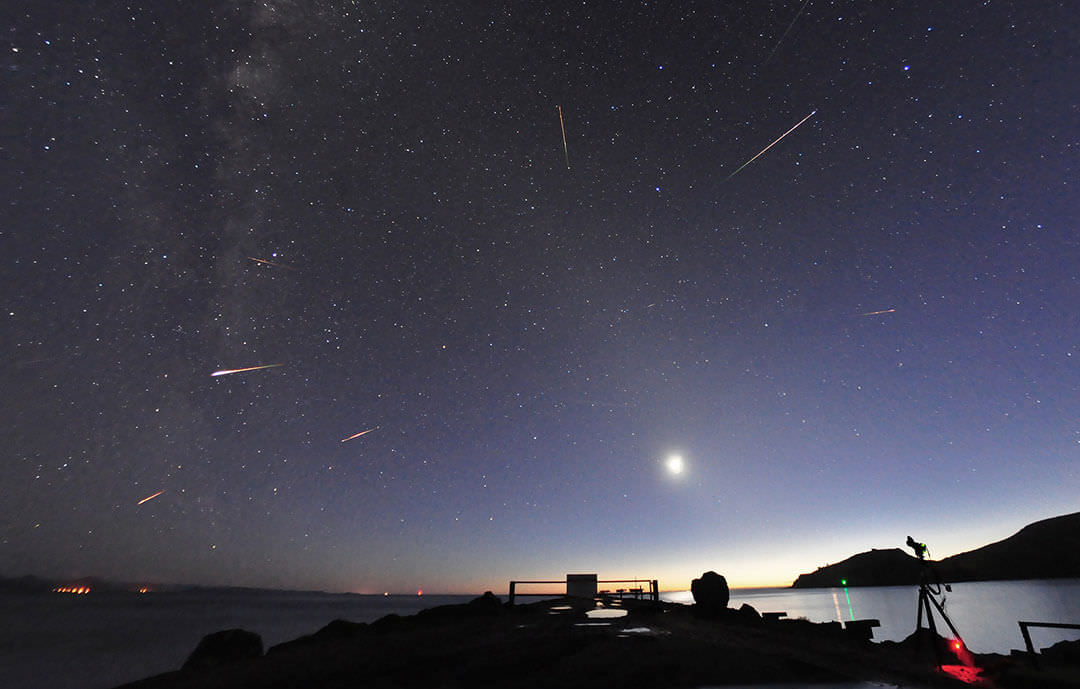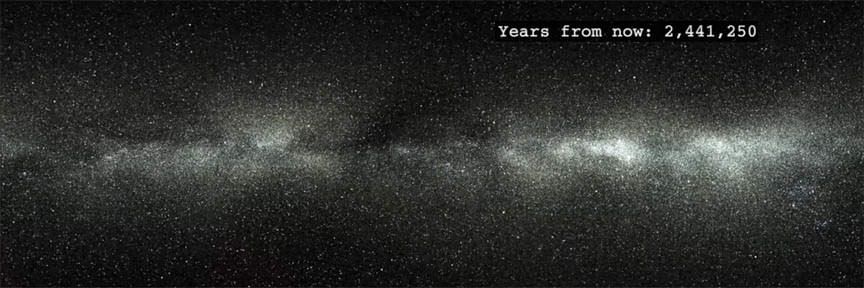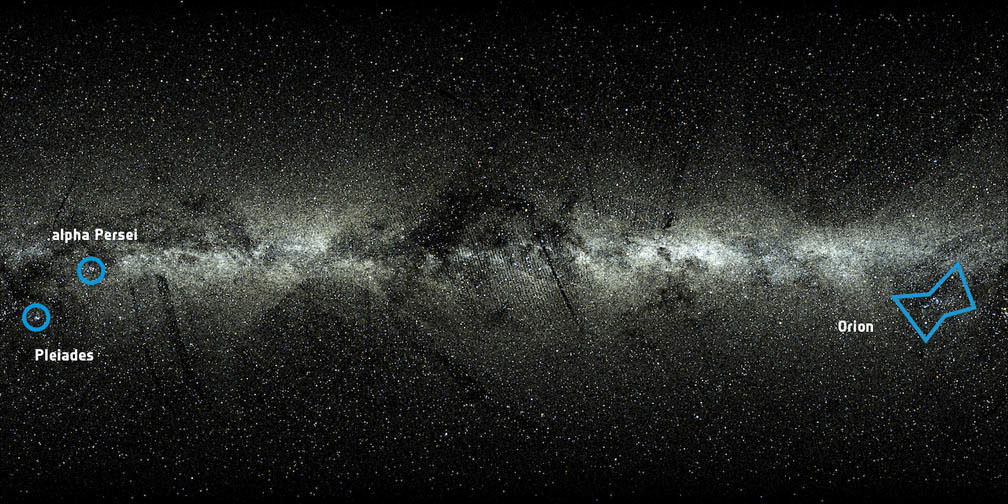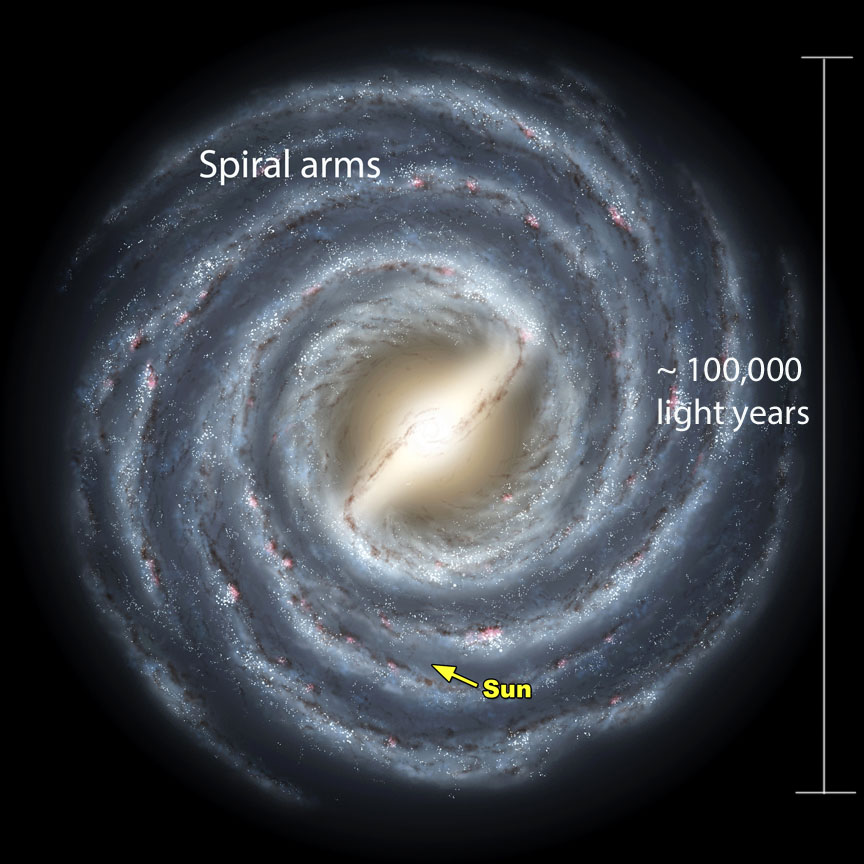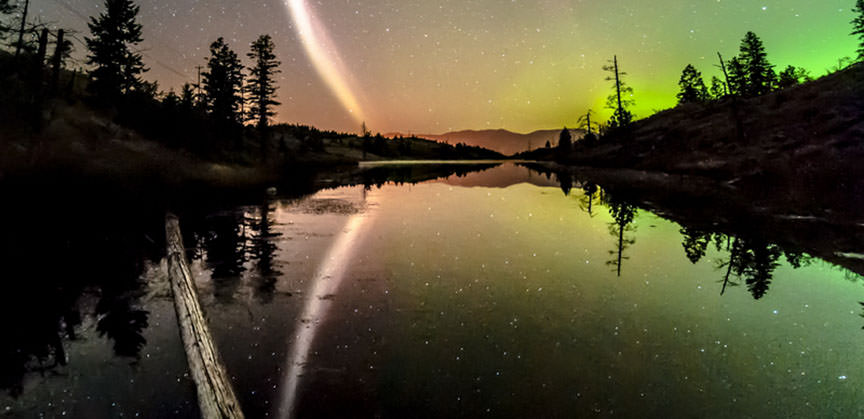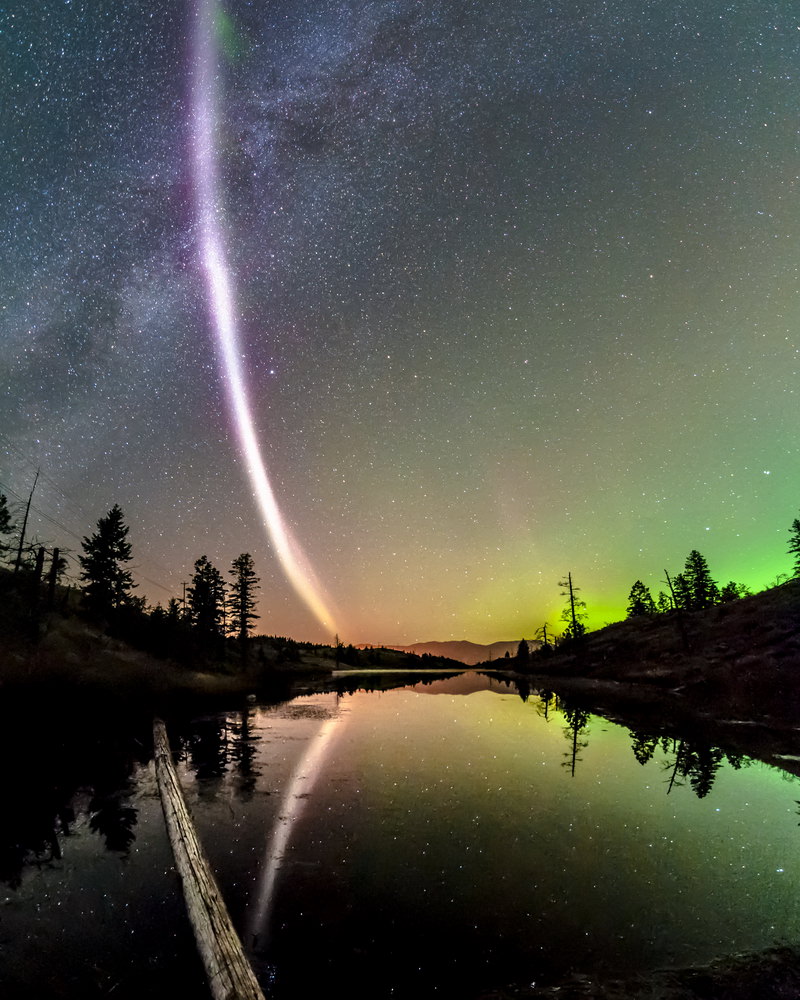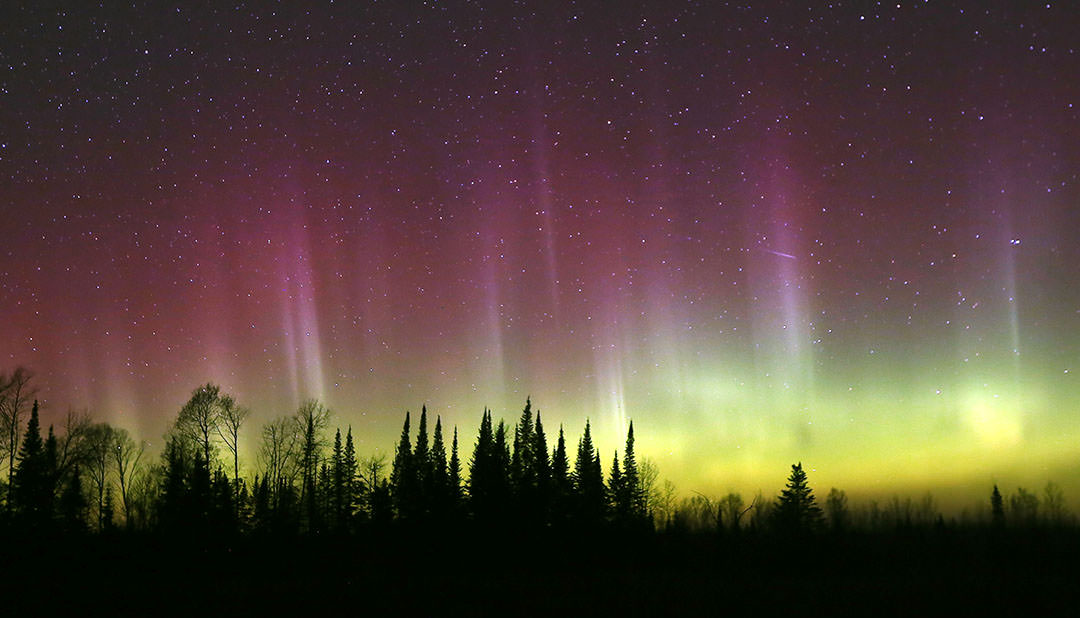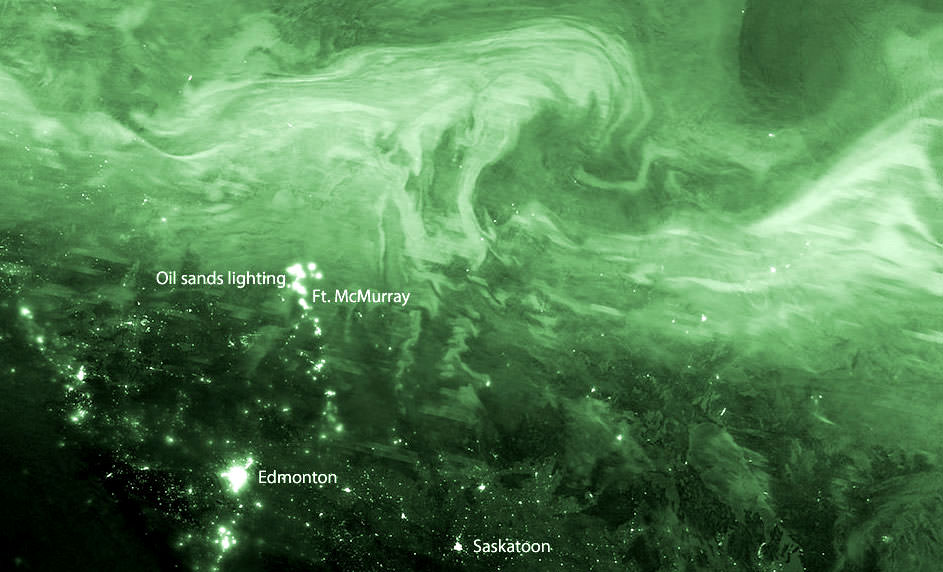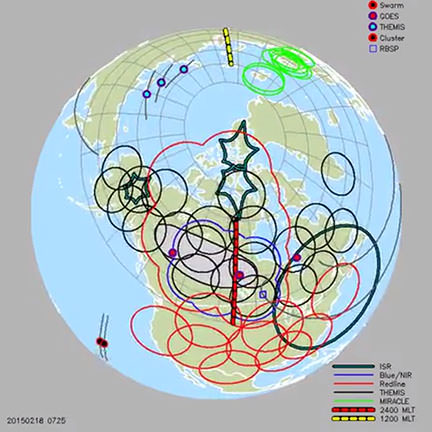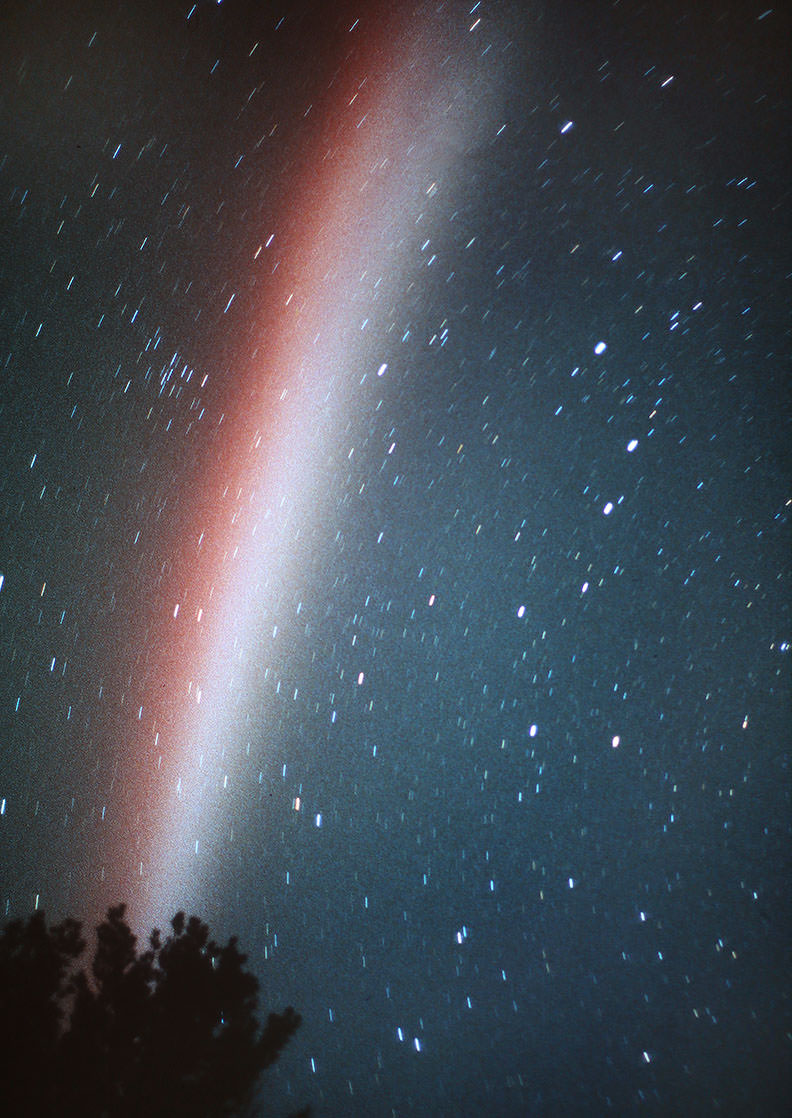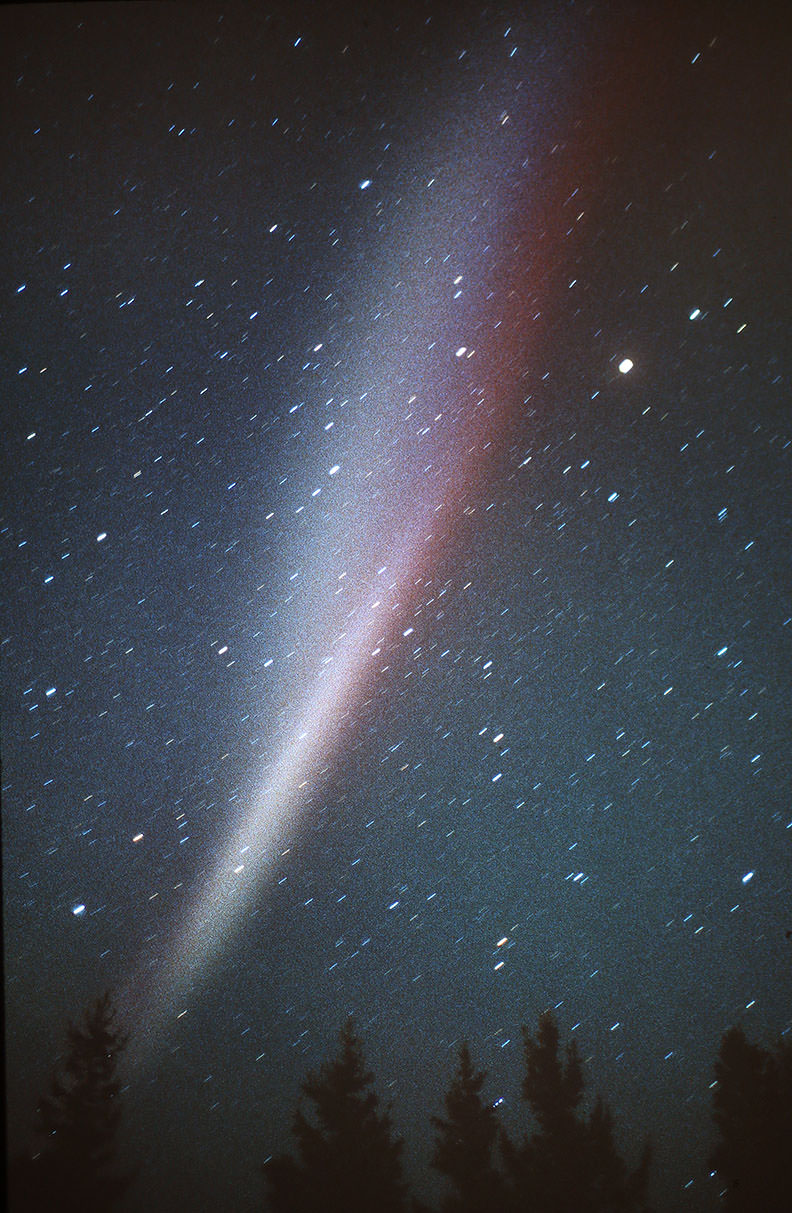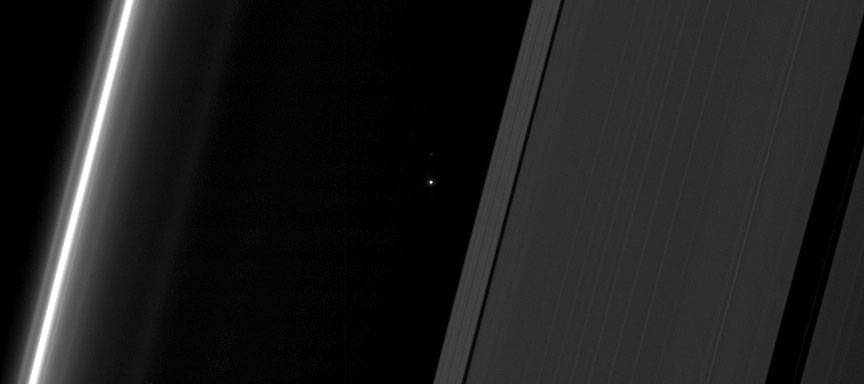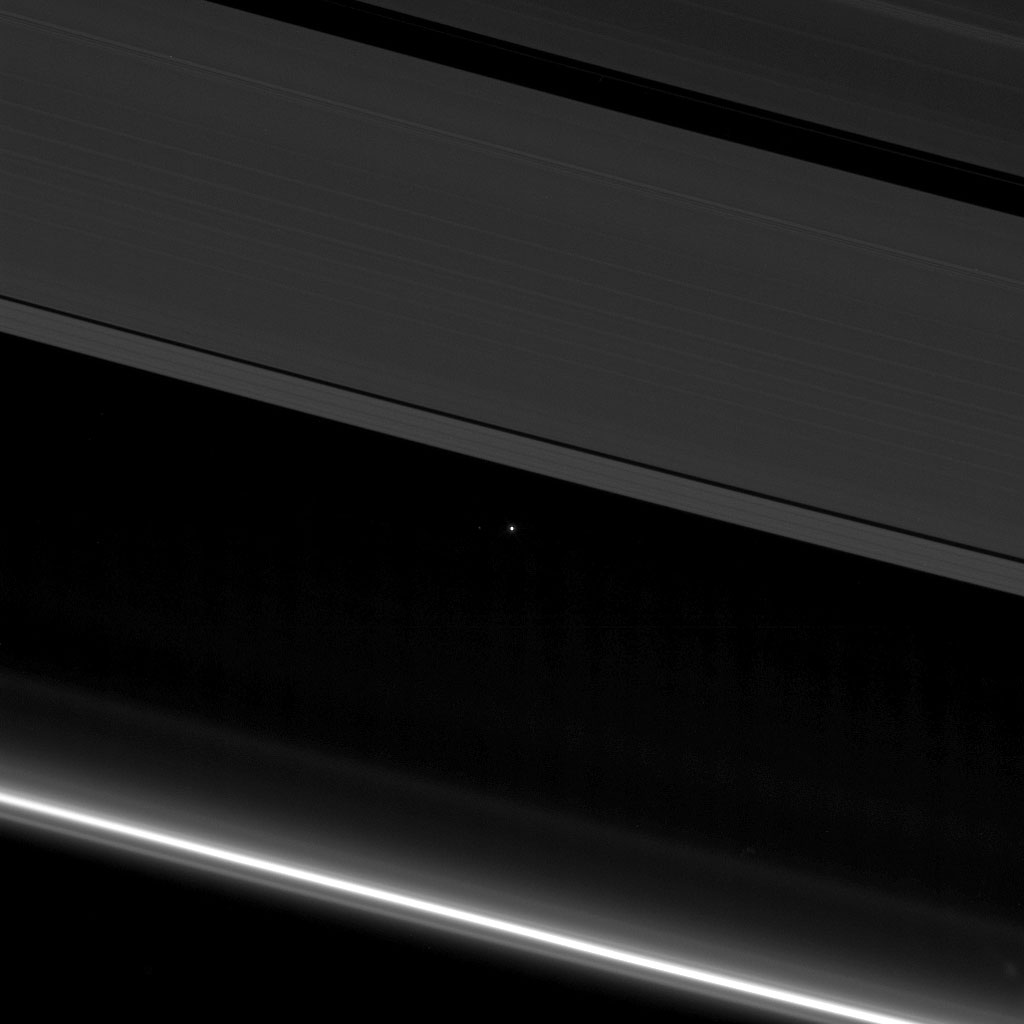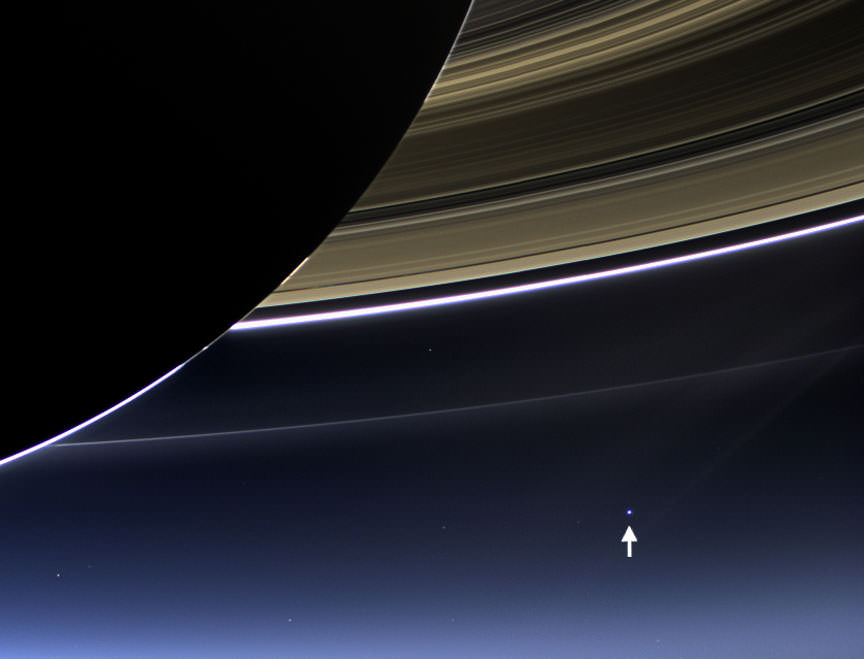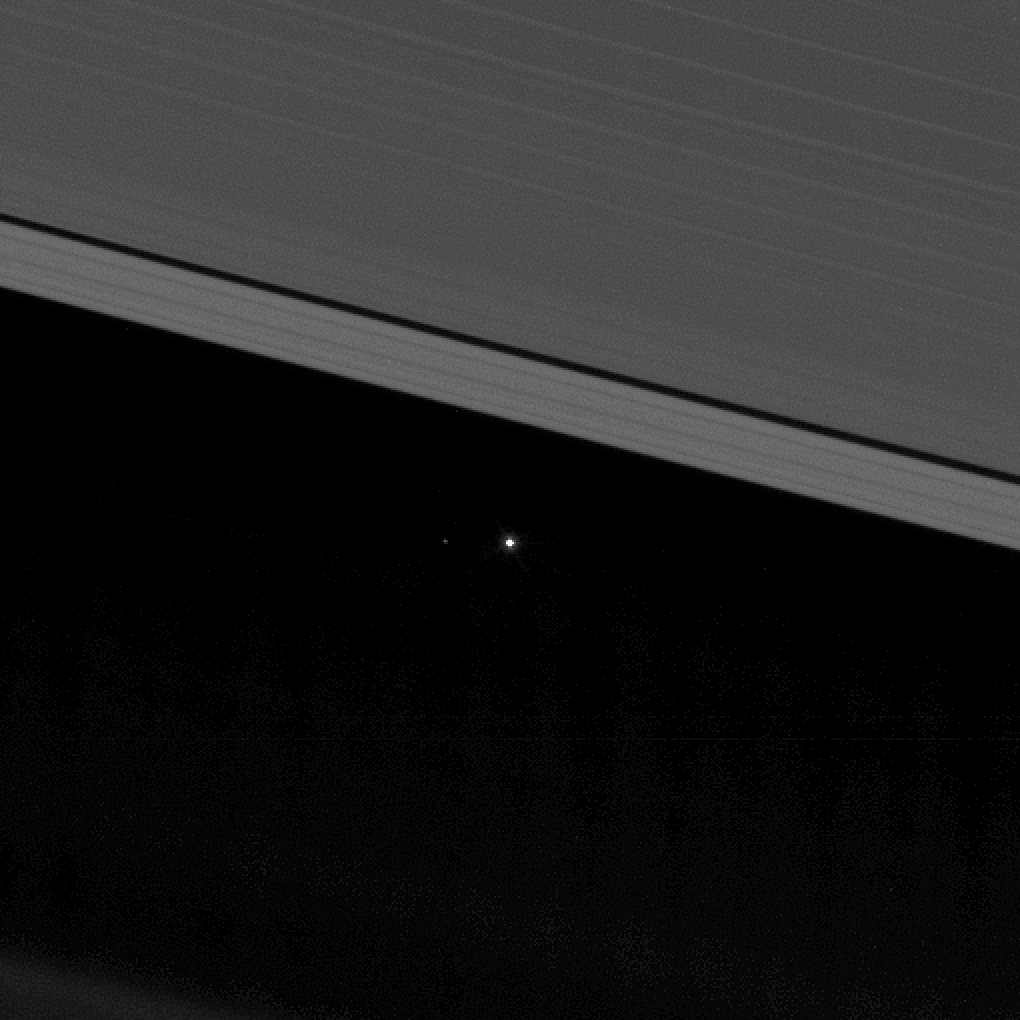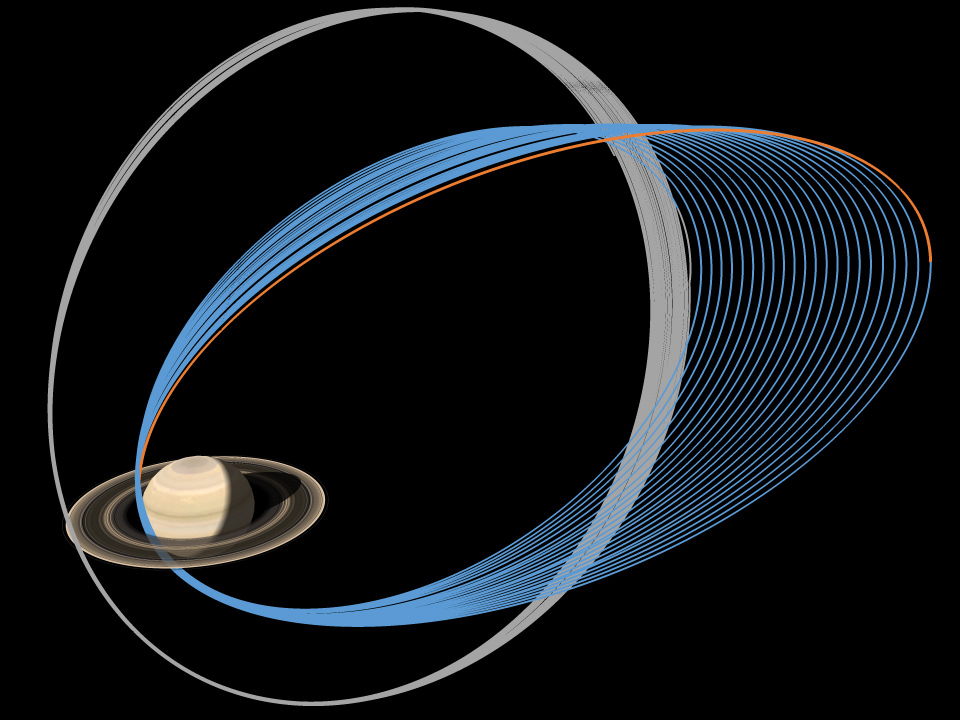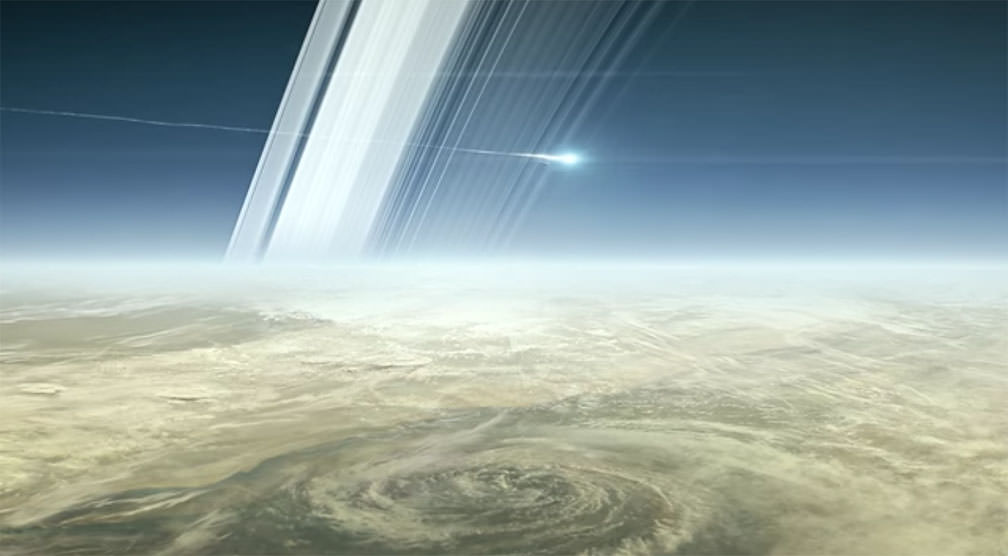
After months parked in front of a computer, I’m thrilled to announce the publication of my new book. The full title is — get ready for this — Wonders of the Night Sky You Must See Before You Die: The Guide to Extraordinary Curiosities of Our Universe. In a nutshell, it’s a bucket list of cosmic things I think everyone should see sometime in their life.
I couldn’t live without the sky. The concerns of Earth absorb so much of our lives that the sky provides an essential relief valve. It’s a cosmos-sized wilderness that invites both deep exploration and reflection. Galileo would kill to come back for one more clear night if he could.

To me, the stars are irresistible, but my sense is that many people don’t look up as much as they’d like. We forget. Get busy. Bad weather intervenes. So I thought hard about the essential “must-sees” for any watcher of the skies. Some are obvious, like a total solar eclipse or Saturn through a telescope, but others are just as interesting — if sometimes off the beaten path.
For instance, we always hear about asteroids in the news. What does a real one look like from your own backyard? I give directions and a map for seeing the brightest of them, Vesta. And if you’ve ever looked up at the Big Dipper and wondered how to find the rest of the Great Bear, I’ll get you there. I love red stars, so you’re going to find out where the reddest one resides and how to see it yourself. There’s also a lunar Top 10 for small telescope users and chapters on the awesome Cygnus Star Cloud and how to see a supernova.
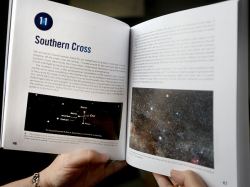
The 57 different sights are a mix of naked-eye objects plus ones you’ll need an ordinary pair of binoculars or small telescope to see. At the end of each chapter, I provide directions on how and when to find each wonder. Because we live in an online world with so many wonderful tools available for skywatchers, I make extensive use of mobile phone apps that allow anyone to stay in touch with nearly every aspect of the night sky.
For the things that need a telescope, the resources section has suggestions and websites where you can purchase a nice but inexpensive instrument. Of course, you may not want to buy a telescope. That’s OK. I’m certain you’ll still enjoy reading about each of these amazing sights to learn more about what’s been up there all your life.

While most of the nighttime sights are visible from your home or a suitable dark sky site, you’ll have to travel to see others. Who doesn’t like to get out of the house once in a while? If you travel north or south, new places mean new stars and constellations. I included chapters on choice southern treats like Alpha Centauri, the Southern Cross and the Magellanic Clouds, the closest and brightest galaxies to our own Milky Way.
One of my favorite parts of the book is the epilogue, where I share a lesson my dog taught me about the present moment and cosmic time. I like to joke that if nothing else, the ending’s worth the price of the book.

The staff at Page Street Publishing did a wonderful job with the layout and design, so “Wonders” is beautiful to look at. Everyone who’s flipped through it likes the feel, and several people have even commented on how good it smells! And for those who understandably complained that the typeface in my first book, Night Sky with the Naked Eye, made it difficult to read, I’ve got good news for you. The new book’s type is bigger and easy on the eyes.
“Wonders” is 224 pages long, printed in full color and the same size as my previous book. Unlike the few but longer chapters of the first book, the new one has many shorter chapters, and you can dip in anywhere. I think you’ll love it.
The publication date is April 24, but you can pre-order it right now at Amazon, BN and Indiebound. I want to thank Fraser Cain here at Universe Today for letting me tell you a little about my book, and I look forward to the opportunity to share my night-sky favorites with all of you.

